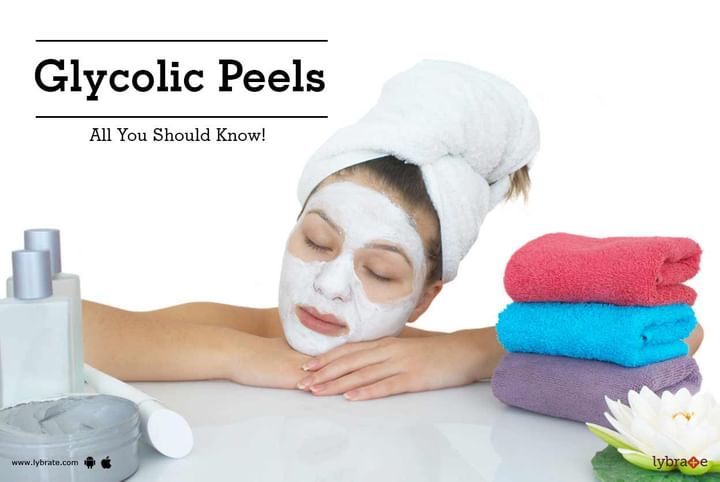Glycolic Peels - All You Should Know!
A glycolic peel is a form of chemical peel that is widely used to deal with an array of skin conditions such as age spots, wrinkles, acne, tone, skin discoloration, etc. It has gained popularity in the past few years due to its unique ability to deal with a varied skin condition in a short time span. Glycolic peel requires successive session from ranging from half an hour to forty-five minutes depending on the requirement of the skin.
How does the peel work?
A glycolic peel is basically a form of glycolic acid. It is a translucent compound which is abundantly available in nature in the form of unripe grapes, cane sugar, and sugar beets. Being an alpha hydroxy acid, glycolic acid has many medical uses. Since the molecules of the glycolic acids are tinier than AHA, it can easily break into the deepest layer of the skin and fix issues that chemical treatments can’t. The best part is the fact that it is a natural promoter of skin regeneration and remover of dead, unwanted skin from the pores. It thereby improves the skin texture by forming collagen. Being anti-oxidic in nature, glycolic peels can strengthen capillaries, retain moisture and guard the skin against inflammation.
Which skin problems can glycolic peels guard against?
Glycolic peels can guard against aging, uneven texture, irregular pigmentation, moderate acne, fine lines, acne, age spots, superficial scarring, dark spots, discoloration in fair skin, etc.
Who can perform this treatment?
It requires a qualified doctor or a qualified medical aesthetician. Since the peels are acidic in nature, treatments under the wrong hand can do more harm than good. It requires an experienced hand to perform this treatment.
When is Glycolic acid peel applicable?
For this to be true, a skin consultation is required. An aesthetics take a call based on the type and color of the skin. Not everybody is a good candidate for this form of treatment. If an individual is undertaking Accutane, it is advised that she refrains from glycolic peels for at least six months to avoid unwanted skin injury.
What needs to be done after the treatment?
Glycolic peel treatment span across many sitting. In the initial few sitting, the skin might feel irritation, reddish and sensitive. Repeated sitting can help to get over this sort of symptoms as one gradually gets used to it. Post the treatment, not too many needs to be done by an individual. Care should be taken to ensure that the skin doesn’t get exposed to the sun too much. The UV rays of the sun can immensely damage the skin. At times, the skin might become a little flaky. This phenomenon is also known as frosting. Avoid flakiness to cut down skin irritation. Consult an Expert & get answers to your questions!
In case you have a concern or query regarding skincare consult doctor online, you can always consult the best dermatologist online & get the answers to your questions.



+1.svg)
